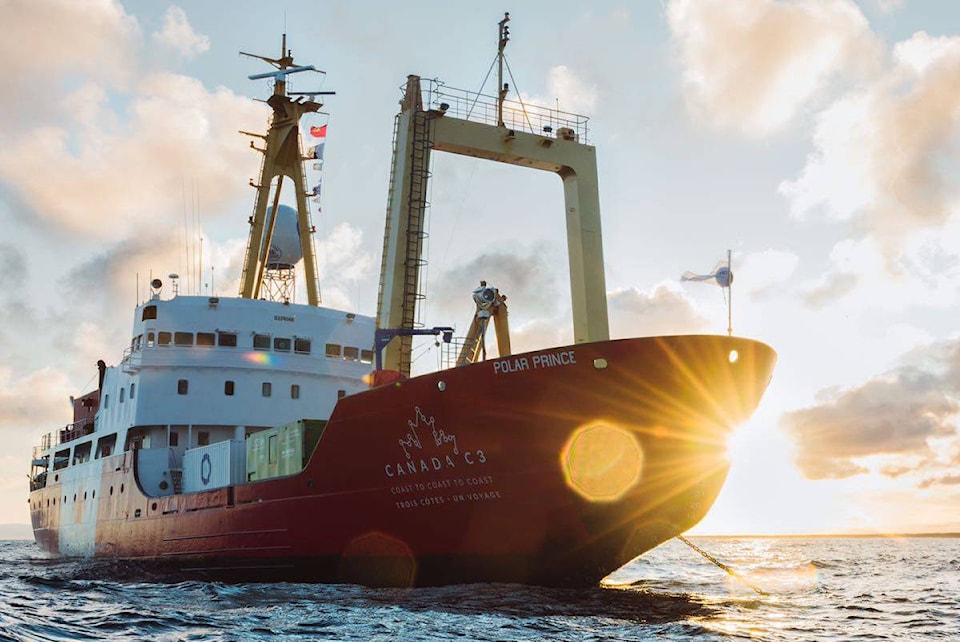Melting ice caused by climate change has given ships more access to Arctic waters, which researchers say could have serious consequences for the survival of bowhead and beluga whales.
Lauren McWhinnie is the lead author on a study that says there is a window of opportunity to address the harmful effects of increased shipping on the whales’ environment before they become more threatened.
“In most situations we kind of employ this fire fighting technique when it comes to conservation with animals,” said McWhinnie, who is a researcher at the University of Victoria.
In most cases animal populations need to be visibly declining before protection against human impacts are carried out, she said in an interview.
“But up there, this is our chance to learn for once, and hopefully be proactive.”
McWhinnie’s research group looked at different vessel management schemes that might be adapted for Arctic waters. The group studied over 1,000 marine protected areas and identified 14 different tools across four categories that would be suitable for the Arctic.
“We have spatial tools, vessel tools, and monitoring and outreach tools, and what the study suggests is you should look at employing a suite of tools, one from each one of these tool boxes to be effective” she said.
The study reviewed satellite data on shipping traffic between 2012 and 2016 in the eastern Beaufort Sea at the entrance to the Northwest Passage, one of the major shipping routes through the Canadian Arctic.
The size of the passage allows for larger ships to enter the Arctic, a distinct problem for bowhead whales.
“With the longer season that’s ice-free there’s more time for those types of those vessels to go through, and we know they’re the kind of vessels, particularly for ship strikes, that pose a danger to bowheads” she said.
The study, which will be published in the journal of Ocean and Coastal Management next month, says warming weather conditions in the Arctic are already changing the amount and thickness of the Arctic ice.
“The resulting extended ‘open water’ season has many implications for vessel traffic and marine life,” the study says.
“There’s a spatial and temporal overlap to the shipping season up there and the whales’ season,” McWhinnie said.
The proposed whale protection measures would only significantly affect very large, fast vessels travelling further away from the shoreline, rather than smaller community boats operating closer to the shore, the study says.
McWhinnie added the noise problem is not species-specific and affects all creatures in the icy Arctic waters that use echolocation to communicate and hunt for food.
“It’s a whole ecosystem that’s potentially going to be facing these changes, because of the sea ice there are other conditions, the warming of the water as well they’re already contending with, the vessel traffic is a low-hanging fruit.”
When asked about the length of time left to protect the Arctic marine wildlife, McWhinnie said predictions are difficult because of the increased ice floe melt and data provided by different models.
“Unfortunately that’s the $36-million question.”
The study was co-authored with experts at Wildlife Conservation Society Canada.
The Canadian Press
